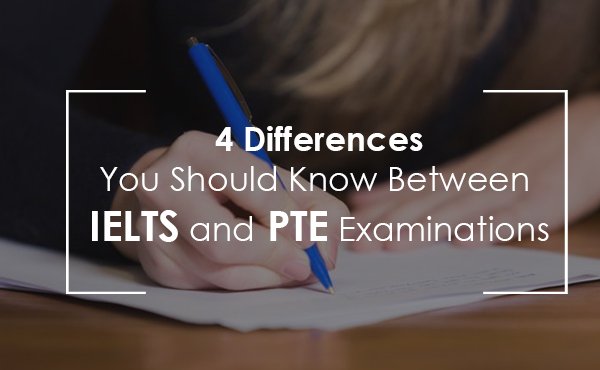Working while studying in Canada is a good option for international students which will help them meet their expenses, while gaining valuable work experience. Canada offers a number of job opportunities to international students, both on and off campus. These jobs offer good remuneration too. The only thing the international students have to be careful about is to choose the jobs that do not cause any extra burden for them while being in Canada.
International students have three major options to earn while learning
Off campus work:
The international students must meet the relevant official requirements to work off campus. The student must prove that he is a full-time student at a publicly funded institution or at a private institute authorized to confer degrees.
On campus work:
International student can work on campus at the institution where they are studying. A student can work up to 20 hours a week during normal academic sessions and full time during semester breaks.
Internship programs/coop programs: Students attending certain courses in Canada will have to work as part of their studies. The students will be awarded degree only if they produce relevant work experience, be it off campus or on campus.
Here are five top jobs that help you earn while you learn in Canada
Graduate assistant:
Graduate assistant jobs are of three types– Graduate General/Administrative Assistants, Graduate Research Assistants and Graduate Teaching Assistants. The duty of an administrative graduate assistant is to assist the staff of the administrative office of the University or a particular department. Graduate research assistants mainly have research-oriented responsibilities such as researching on internet, field work, laboratory experiments etc. Graduate teaching assistants assist professors in their teaching duties.
Store Management:
International students with sufficient skills in accounting can look for a part-time job as a store manager. Part-time store keeper jobs are also available for international students.
Language teacher:
You can earn by teaching your native language to those interested. Many universities have clubs for extra-curricular activities. Learning a foreign language is an activity chosen by many students. By teaching your native language, you also help the students from other countries to know more about your homeland.
Tour Facilitator:
Many students work as a tour facilitator for the tour and travel companies of their native country. This is a job that will allow you to earn a few extra bucks in the form of incentives.
Translator:
You can work as a freelance translator or part-time translator to earn a decent remuneration. But you have to have mastery over both the languages and excellent writing skills.
Contact us to know more about studying in Canada


